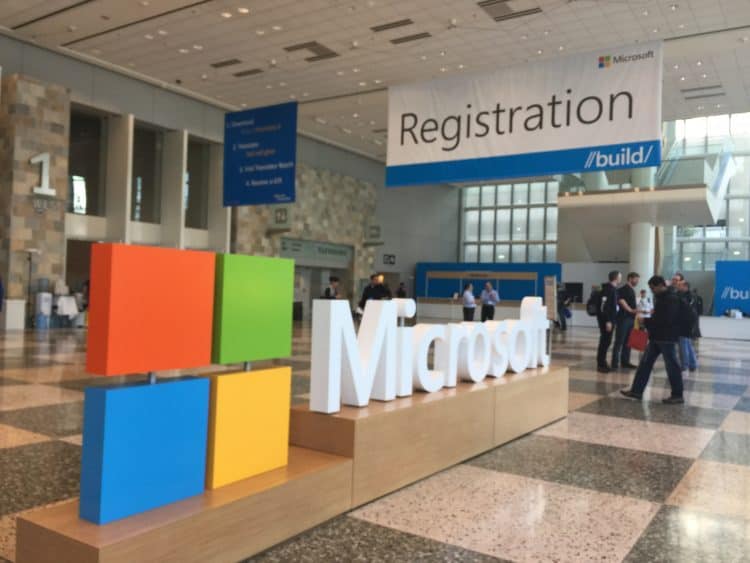Ahead of its developer’s conference “Build” in Seattle this week, Microsoft has announced IoT Plug and Play, a new open modeling language to connect internet of things (IoT) devices to the cloud.
This will enable developers to address the challenge of deploying internet of things (IoT) solutions at scale, according to Scott Guthrie, Executive Vice President, Cloud and Enterprise Group at Microsoft, in a corporate blog post.
“Previously, software had to be written specifically for the connected device it supported, limiting the scale of IoT deployments. IoT Plug and Play provides developers with a faster way to build IoT devices,” Guthrie explained.
The Microsoft executive cited mixed reality as an example of a cloud and edge application.
At the Mobile World Congress (MWC) 2019 in Barcelona earlier this year, Microsoft executives lead by its CEO Satya Nadela introduced the Hololens 2 and its mixed reality development program.
Guthrie said that the HoloLens 2 Development Edition provides the community of mixed-reality developers with access to solutions to help them build and run mixed-reality experiences across a range of mixed-reality devices.
In a separate blog post, Julia White Corporate Vice President, Microsoft Azure, explained that one of the biggest challenges in building IoT solutions is to connect millions of IoT devices to the cloud due to the heterogeneous nature of devices — different form factors, processing capabilities, operational system, memory, and capabilities.
“With IoT Plug and Play, developers can connect IoT devices to the cloud, without having to write a single line of embedded code,” she said.
In the past, Microsoft introduced the Plug and Play technology that allowed PC users to quickly connect peripherals without having to perform complex hardware and software configurations. Similarly, with IoT Plug and Play, Microsoft is simplifying IoT to accelerate adoption for enterprises who will be able to prototype and then move to full-scale deployments much faster,” she added.
According to White, cloud developers can find IoT Plug and Play enabled devices in Microsoft’s Azure IoT Device Catalog, which includes dozens of devices from partners such as Compal, Kyocera, and STMicroelectronics.
Microsoft’s serious push into IoT started a year ago when it announced a $5-billion investment in IoT.
Last month, the company acquired Express Logic, a San Diego-based developer of real-time operating systems (RTOS) and middleware products for embedded IoT applications, supposedly to “unlock access to billions of new connected endpoints.”
Express Logic’s ThreadX RTOS has over 6.2 billion deployments, according to VDC Research.



